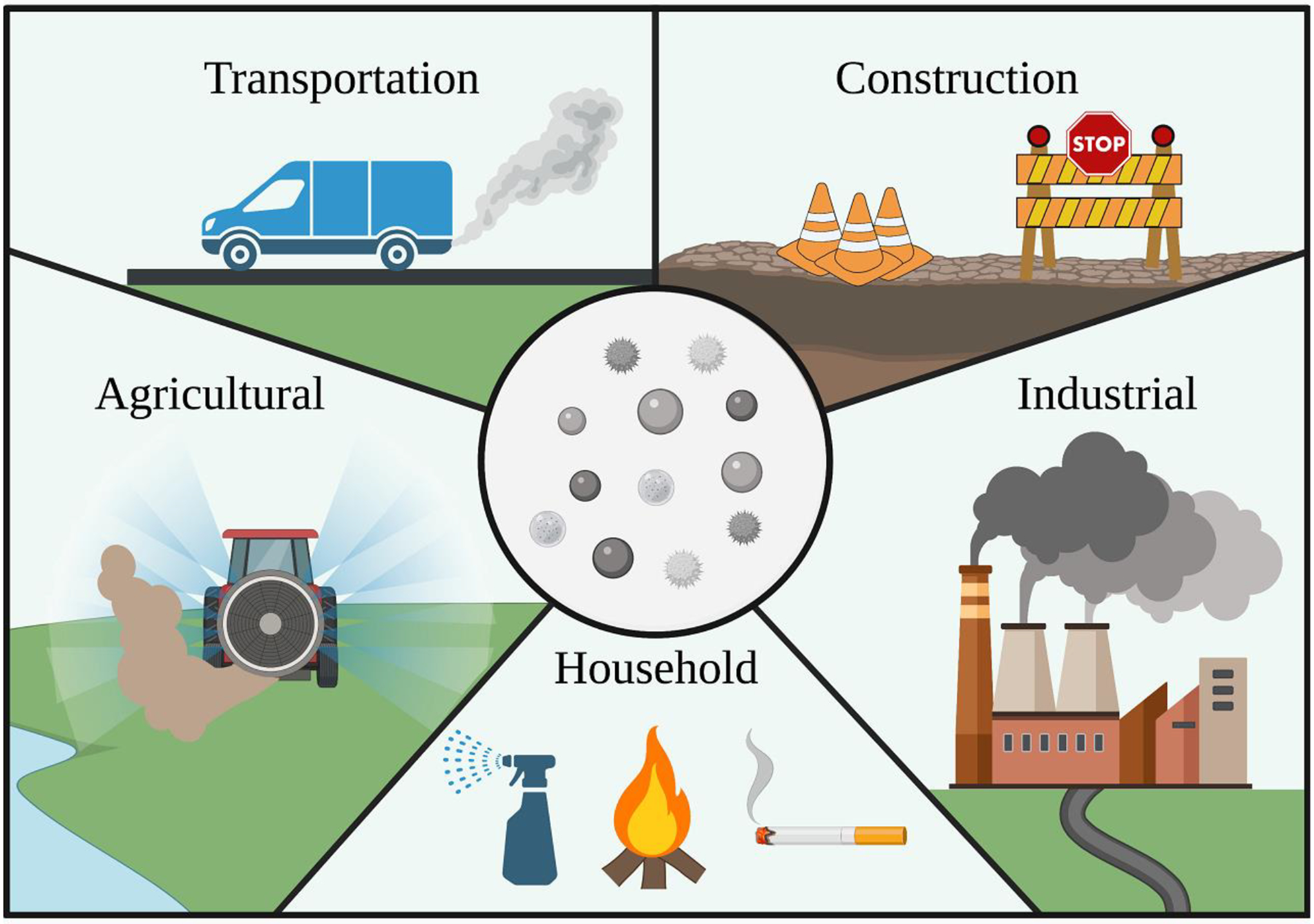Figure I. Anthropogenic Sources of Particulate Matter.

The common sources of human-derived particulate matter (PM) are transportation, construction, agricultural, industrial, and household pollutants. Agricultural sources of PM result from spraying crops with pesticides and fertilizers, combusting fossil fuels to power equipment, and aerosolizing dust during the movement of equipment and harvesting of crops. Industrial sources of PM originate mainly from the emissions of combusted fuels used to power manufacturing processes. Household sources of PM predominately affect the composition of interior air and are mainly derived from activities like cooking, using cleaning products, burning candles and fires, and smoking. Construction introduces various types of PM into the atmosphere through activities such as grinding and resurfacing roads, grinding metals, welding, cutting materials, excavating, moving materials, and emitting combustion fumes from construction equipment. Lastly, transportation sources of PM derive from brake dust, train and subway wheelsets interacting with rails, tires and pavement interacting, and fuel combustion associated powering the transporters.
